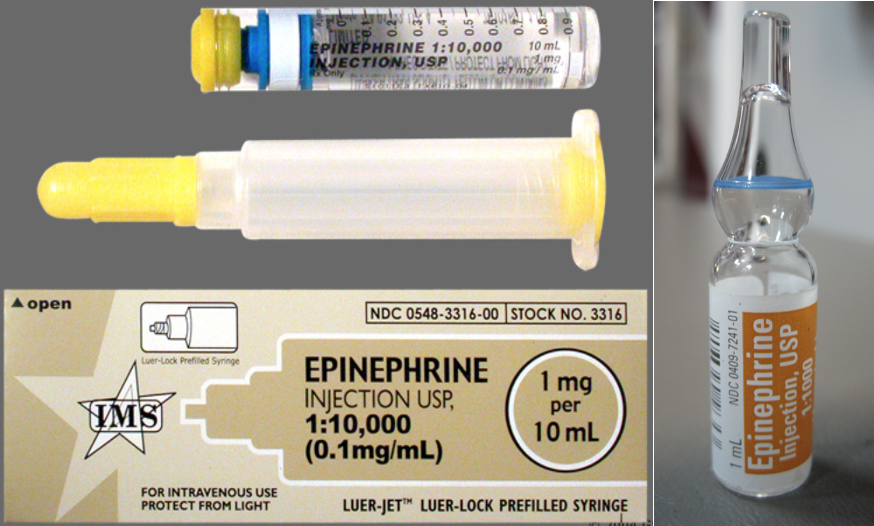
I was taught, and continue to hear it taught, that the history of present illness (HPI) should be crafted to "convince the listener/reader of your suspected diagnosis."
I think this framing is problematic...
1/
I think this framing is problematic...
1/
The HPI should outline the patient's experience of illness chronologically, and include with some neutrality details relevant to the *differential* diagnosis.
As well as those symptoms particularly emphasized by the patient (in case you aren't thinking of all differentials).
2/
As well as those symptoms particularly emphasized by the patient (in case you aren't thinking of all differentials).
2/
Teaching that the HPI should "sell" or "build a case for" a diagnosis essentially encourages us to ignore and hide inconvenient truths that don't fit with our top suspicion, or overemphasize those that do - which is the definition of confirmation bias.
3/
3/
This seeking of false certainty is a setup for diagnostic error in any setting.
But the mindset seems particularly counterproductive in the setting of a team care, training, or consultation.
4/
But the mindset seems particularly counterproductive in the setting of a team care, training, or consultation.
4/
If an attending or specialist is to contribute to accurate diagnosis, they should form an opinion based on the case - not the first clinician's sales pitch of a single interpretation of the case.
5/
5/
I think this is part of a cultural problem in medicine.
We often favor confidence over truth.
False certainty over the challenging navigation of uncertainty.
6/
We often favor confidence over truth.
False certainty over the challenging navigation of uncertainty.
6/
One example of that:
When we want trainees to prioritize, we tell them to "put your nickel down." Commit to a diagnosis!
We could achieve the same goal by asking "What is your #1 suspicion, and what % likely do you think it is?"
But we skirt that complexity (reality).
7/
When we want trainees to prioritize, we tell them to "put your nickel down." Commit to a diagnosis!
We could achieve the same goal by asking "What is your #1 suspicion, and what % likely do you think it is?"
But we skirt that complexity (reality).
7/
To be clear, I'm not saying an HPI shouldn't filter information at all. That's critical. I'm just suggesting a slight re-framing: to objectively include information relevant to the differential, rather than actively "crafting a narrative" around a single favored diagnosis.
8/
8/
I also think some view the "sales pitch" framing as a way to teach trainees clinical reasoning. But I would argue that the time to "build the case for what you think it is" is in the Assessment and Plan (the interpretation) rather than the HPI (the facts).
9/
9/
Would love to hear #medtwitter's thoughts on this.
Have you heard that "sales pitch" framing?
Do you agree there's a downside?
Any counter-perspectives?
10/
Have you heard that "sales pitch" framing?
Do you agree there's a downside?
Any counter-perspectives?
10/
• • •
Missing some Tweet in this thread? You can try to
force a refresh




